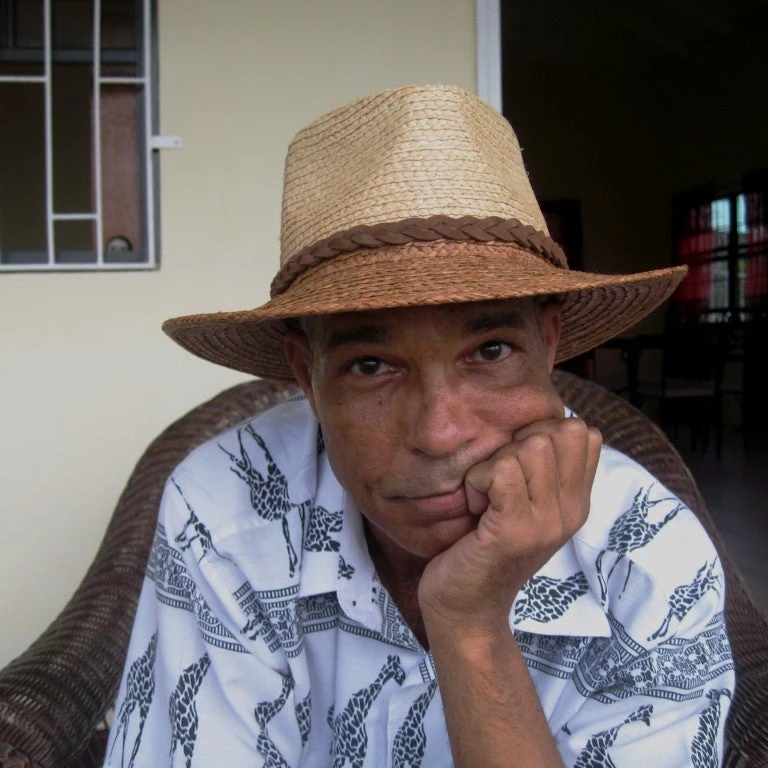 Kignston Port, Jamaica. Photo: Kingston Freeport Ltd.
Kignston Port, Jamaica. Photo: Kingston Freeport Ltd.
In June I participated in the biannual Private Equity & Infrastructure Development Conference hosted by the Development Bank of Jamaica (DBJ) in Kingston. This year I had the pleasure of moderating a panel on the privatization of the Kingston Container Terminal, and joined a practitioner’s workshop on Implementing Climate Resiliency in Jamaica's PPPs. To summarize my feelings about the conference (and with apologies to the iconic BBC show of the 60s): That Was The Week That Was!
The panel featured lively discussions with Simon Farhat, Chief Operating Officer of Kingston Freeport Terminal Limited (KFTL), and Elva Williams-Richards, Senior Vice President Finance at the Jamaica Port Authority, on the secrets of maintaining a successful long-term partnership for the mutual benefit of all stakeholders. This $452 million project achieved financial close in 2016 with financing from the Inter-American Development Bank, European Investment Bank, and Proparco, and takes advantage of the expansion of the Panama Canal by increasing trans-shipment capacity from 2.8 to 3.2 million containers.
Under consortium leader CMA-CGM the world’s largest shipping company, KFTL has completed the first $150 million expansion phase; and in January 2019 the terminal recorded its best performance in the history of the Port of Kingston. This transformative investment in Jamaica’s ports sub-sector is having knock-on effects: the Caymanas Special Economic Zone is a 1,200-acre logistics and light manufacturing hub currently under procurement.
Jamaica and DBJ have a lot to be proud of: a track record of over 30 successfully implemented PPP and privatization transactions; a mature and workable PPP Policy and Procedures Manual; a high level of capacity within DBJ and the ministries; and a solid pipeline of well-prepared projects. It’s therefore no surprise that in the 2019 edition of the Economist Intelligence Unit’s Infrascope Report, Jamaica improved its ranking within Latin America and the Caribbean to 4th out of 20 countries, with a score of 74 percent. Take a bow Jamaica!
This vibrancy isn’t confined to Jamaica’s conference halls and board rooms; on the street there’s a definite buzz in the air. Construction is booming, not just in Kingston but in the rural areas as well; unemployment is at an all-time low of eight percent; and the mainstay of the economy—tourism—continues to perform well. With this year’s widely subscribed IPO of Wigton Wind Farm, Jamaica now boasts 170 megawatts (MW) of private wind and solar power, 16 percent of national capacity. With another renewable energy auction due next year by the Office of Utility Regulations, Jamaica is well on its way to meeting its aggressive renewable energy target of 50 percent.
DBJ’s Infrastructure Conference also had a strong regional presence, including a presentation of projects currently being developed by the Tobago House of Assembly. With assistance from the Caribbean Development Bank (CDB), Tobago recently adopted its own sub-national PPP Policy and established a P3 Unit. The government of Trinidad and Tobago is seeking to revitalize its National PPP Program. In February 2019 CDB sponsored a two-day Infrastructure Mapping Workshop that screened the government’s pipeline of PPP projects and developed road maps for the high-priority ones.
Elsewhere, the Barbados government engaged the International Finance Corporation (IFC) as transaction advisor on a PPP to expand the island’s Grantley Adams International Airport. Under the Regional Support Mechanism, CDB provides technical assistance to borrowing member countries in the implementation of their PPP programs. We’ve provided support for projects in the water, electricity, and transport sectors; and assisted with drafting PPP policies for the Bahamas, Belize, Guyana, and Saint Lucia. In addition, we provide in-country workshops and training courses.
The Caribbean is alive with renewables projects, both large and small. Trinidad and Tobago has issued a request for proposals for up to 130MW of wind and solar in a transaction that is ongoing. In Saint Lucia, the privately-owned utility Lucelec has commissioned a 3MW solar farm; and likewise the Barbados Light and Power has its 10MW farm in operation. CDB has mobilized concessional funds for financing climate resilience and mitigation projects, many of which are being implemented as PPPs.
I’ve been working in Caribbean PPPs for “a few years now” and when people ask me about the state of the market, I usually answer with a conditional okay: could be better, could be worse. But nowadays I have a decidedly different outlook.
How are PPPs in the Caribbean? Great!
Disclaimer: The content of this blog does not necessarily reflect the views of the World Bank Group, its Board of Executive Directors, staff or the governments it represents. The World Bank Group does not guarantee the accuracy of the data, findings, or analysis in this post.
Related Posts
A decade of PPPs in Latin America and the Caribbean: What have we learned?
Vlog voice from the field: Reflecting on the Caribbean PPP bootcamps
Voice from the field: how can we help the Caribbean fulfill the promise of PPPs?
The Advisor’s Creed: 20 years with IFC Advisory Services distilled into 10 simple lessons
10 candid career questions with PPP professionals – Brian Samuel



Join the Conversation